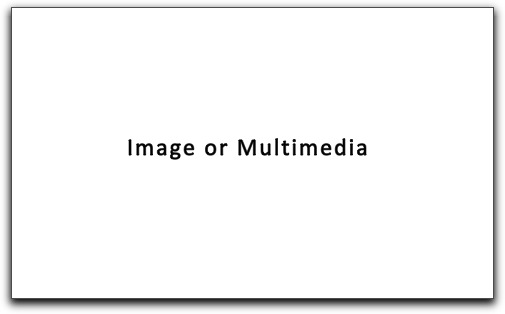Chapter 1. Vision: How We See
1.1 Vision: How We See

Short Description
What humans see is only a small part of what exists out in the world, says Richard Masland.
Long Description
What humans see is only a small part of what exists out in the world, says Richard Masland. As complex as the human visual system is, we are only designed to see a small part of the electromagnetic spectrum—the same part that is required for photosynthesis. Does this tell us something about the evolutionary history of the visual system? This program provides an overview of the human visual system, including the basic structures and functions of the eye and nervous system that are involved in visual processing.
Philip Kellman explains that we use light to see the material world. Visible light is electromagnetic energy that travels as waves of varying lengths and amplitudes. The properties of these waves determine how we will perceive the light as it enters our visual system. The wavelength (the distance of the wave) will influence what color we see, while the amplitude (the wave's height) will influence how bright or intense that color will appear. A wavelength enters the eye through the cornea and, through a chain of events, delivers information to the central nervous system (the brain) to be processed. The cornea, pupil, iris, and retina are all parts of the eye involved in helping the information reach the central nervous system where the wave energy then triggers the release of neurotransmitters that signal the brain's response.
The processing of visual information occurs in the thalamus. According to Kellman, an interesting fact is that information may also come into the thalamus from higher parts of the brain, suggesting that the brain may start processing information before it actually leaves the eye. Cells sending different kinds of messages to the visual cortex tell us what color we are seeing, whether the object is moving or not, and how sharp its edges are. At the highest level of processing, we are able to see whole objects, such as faces.